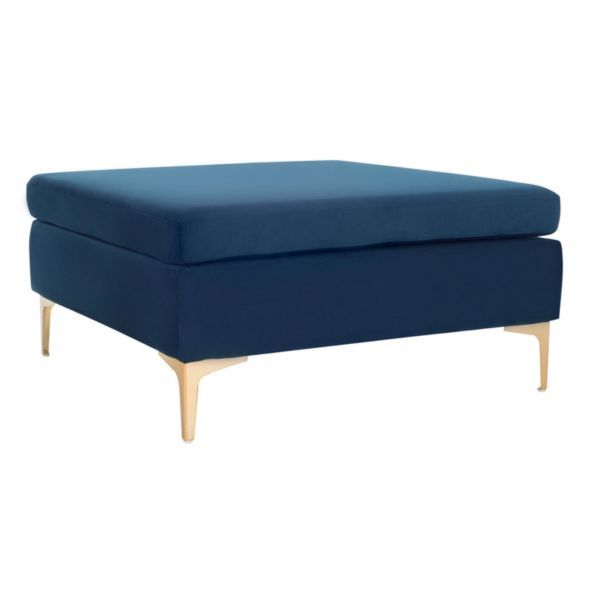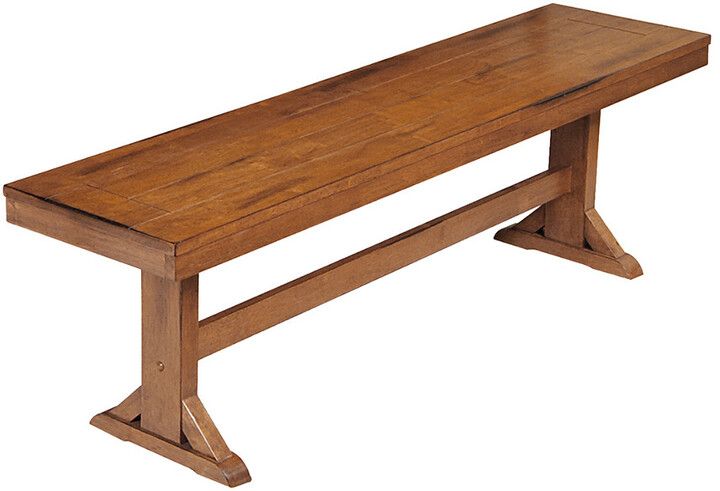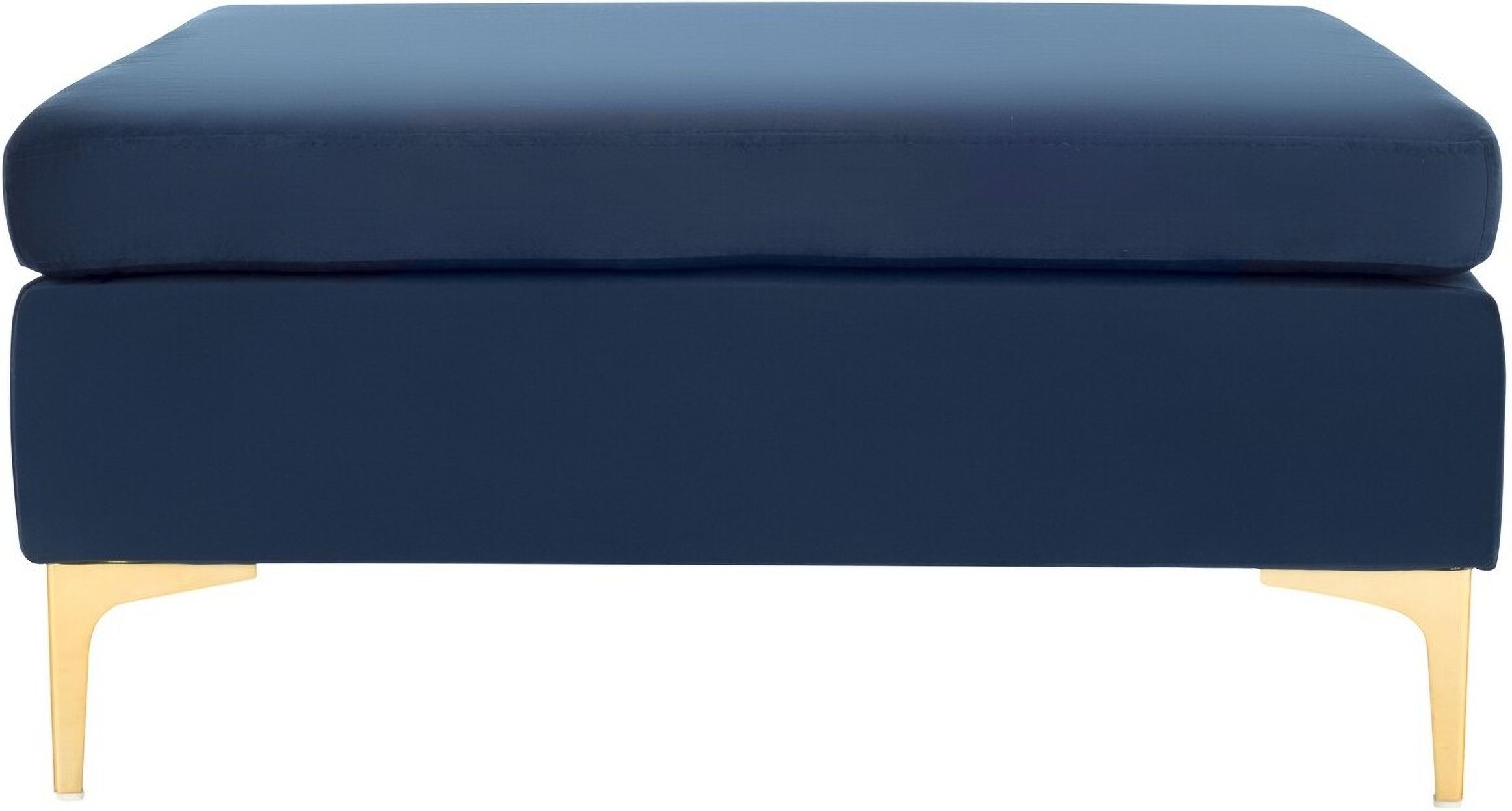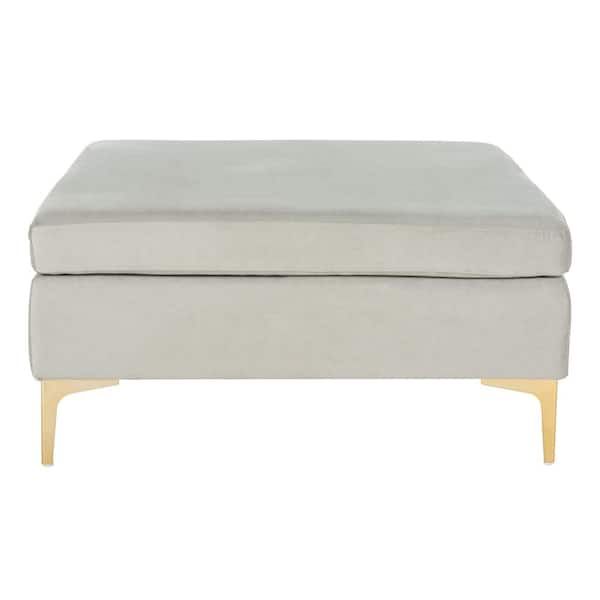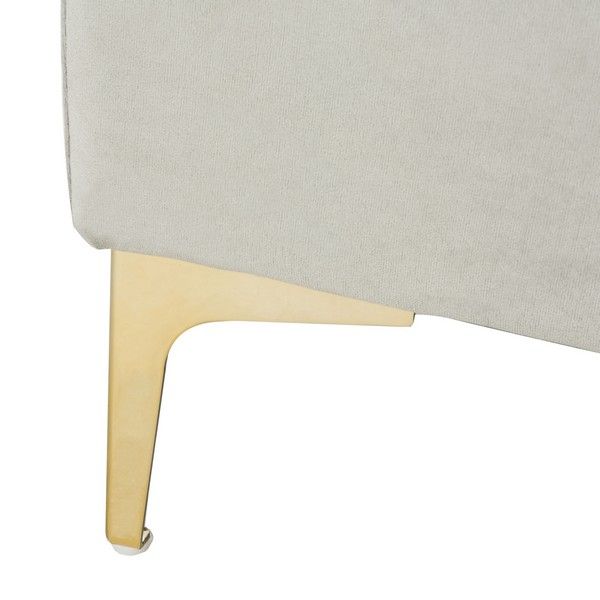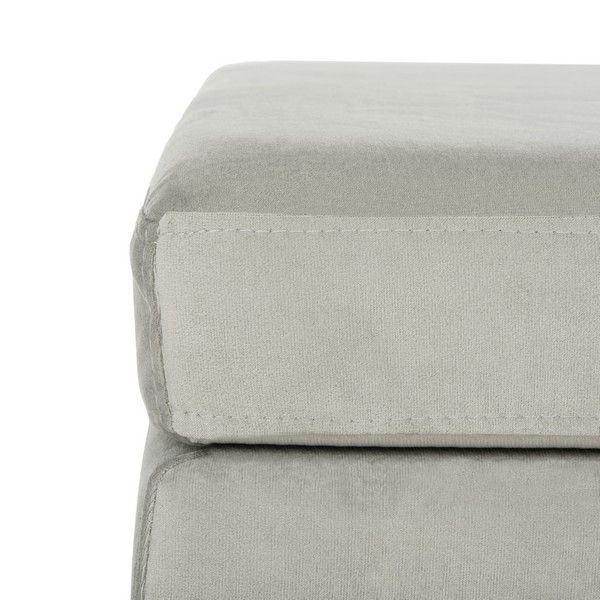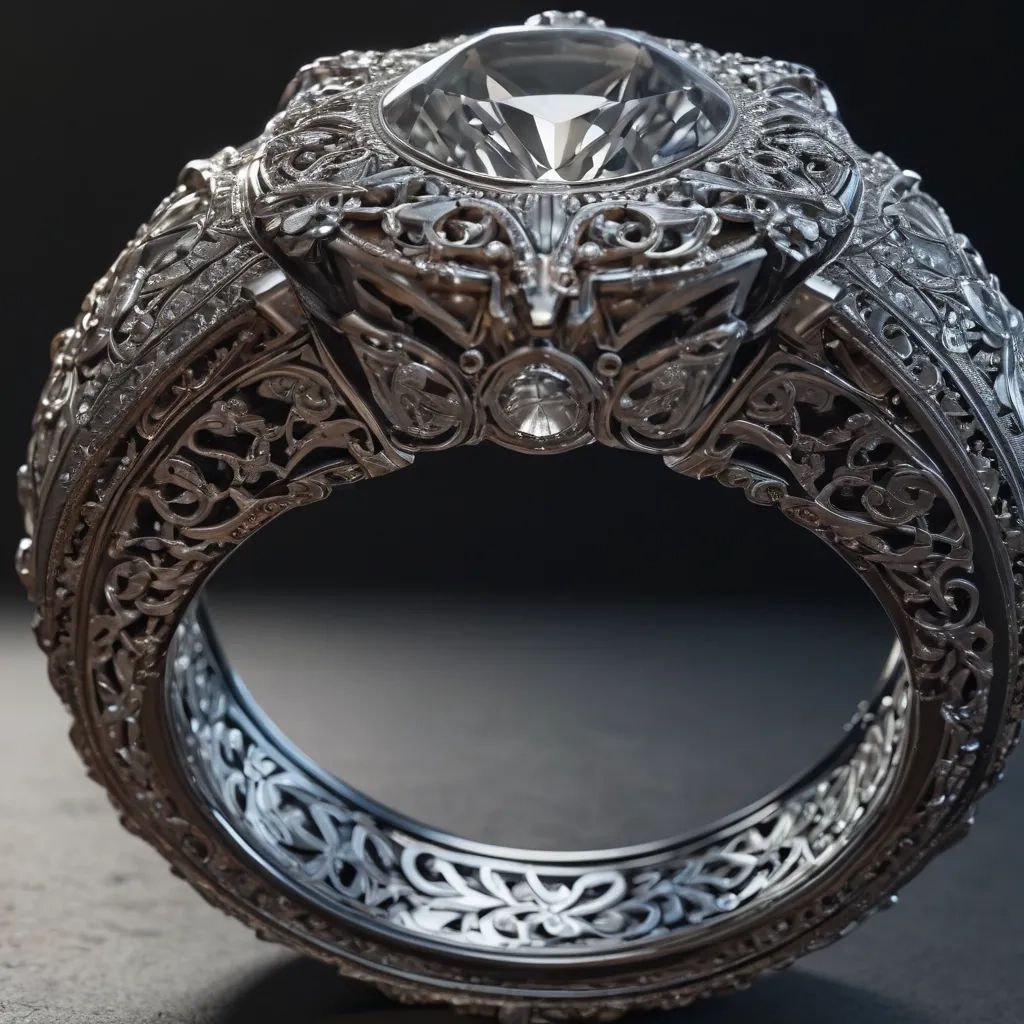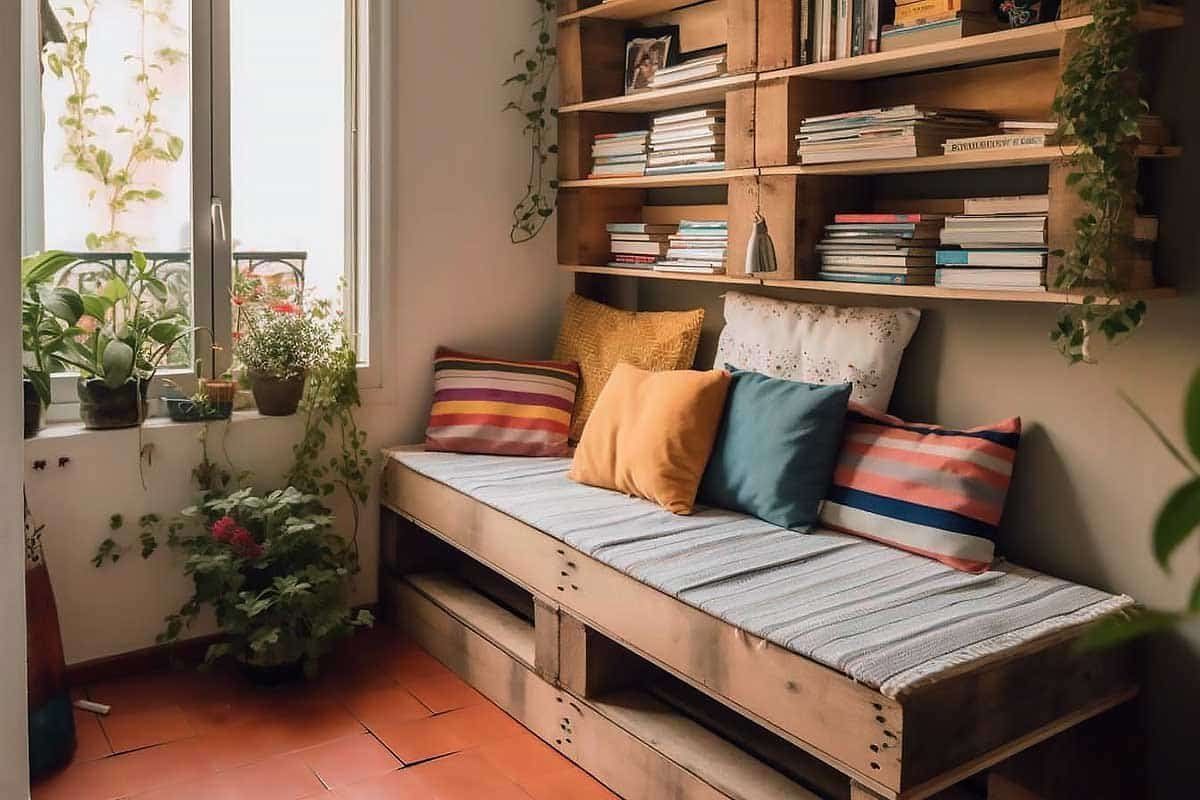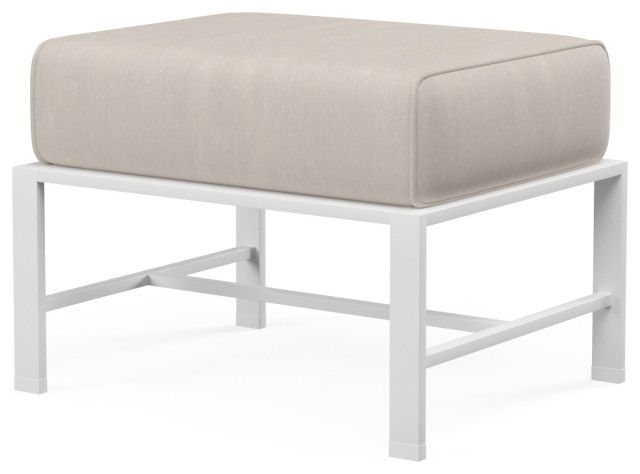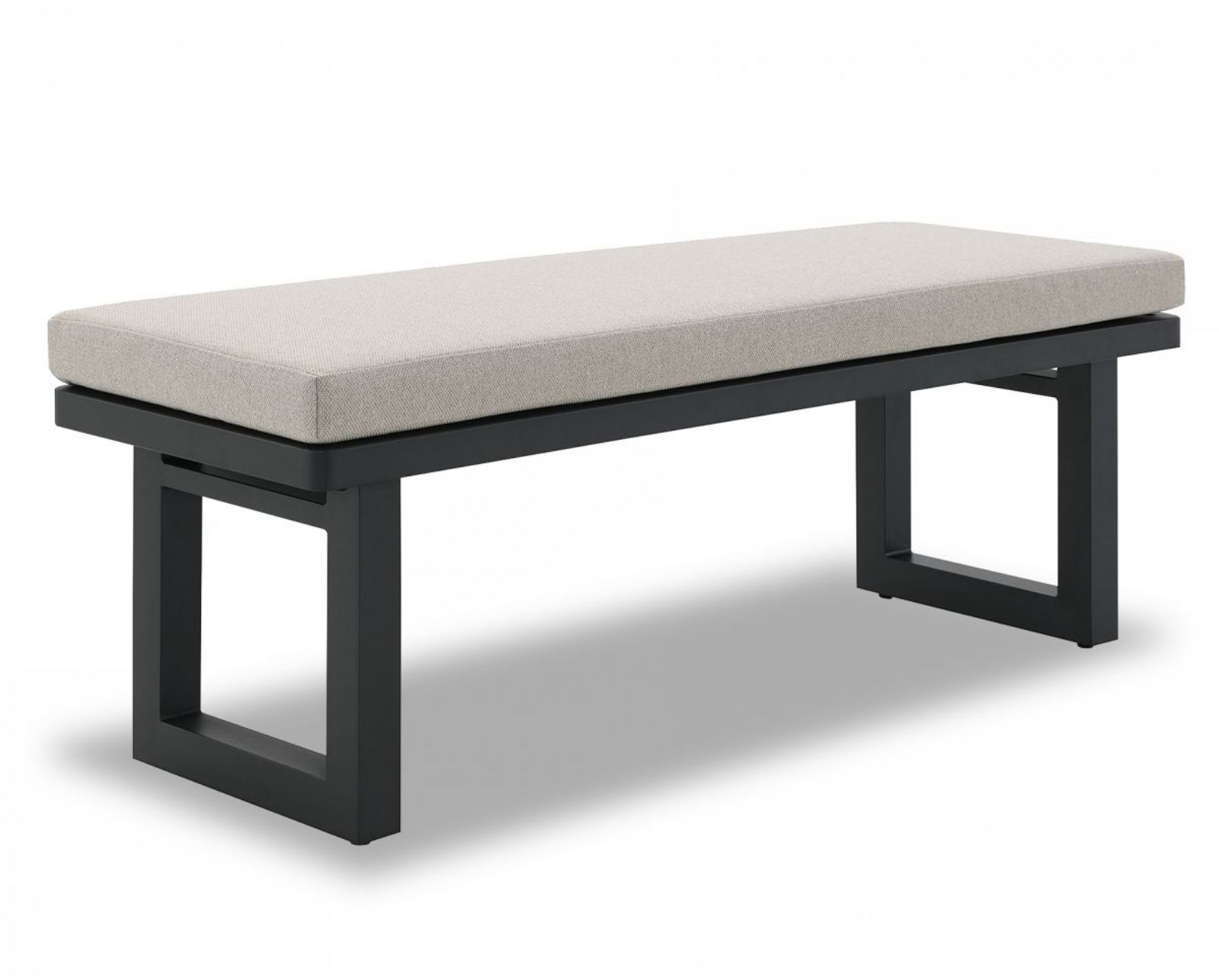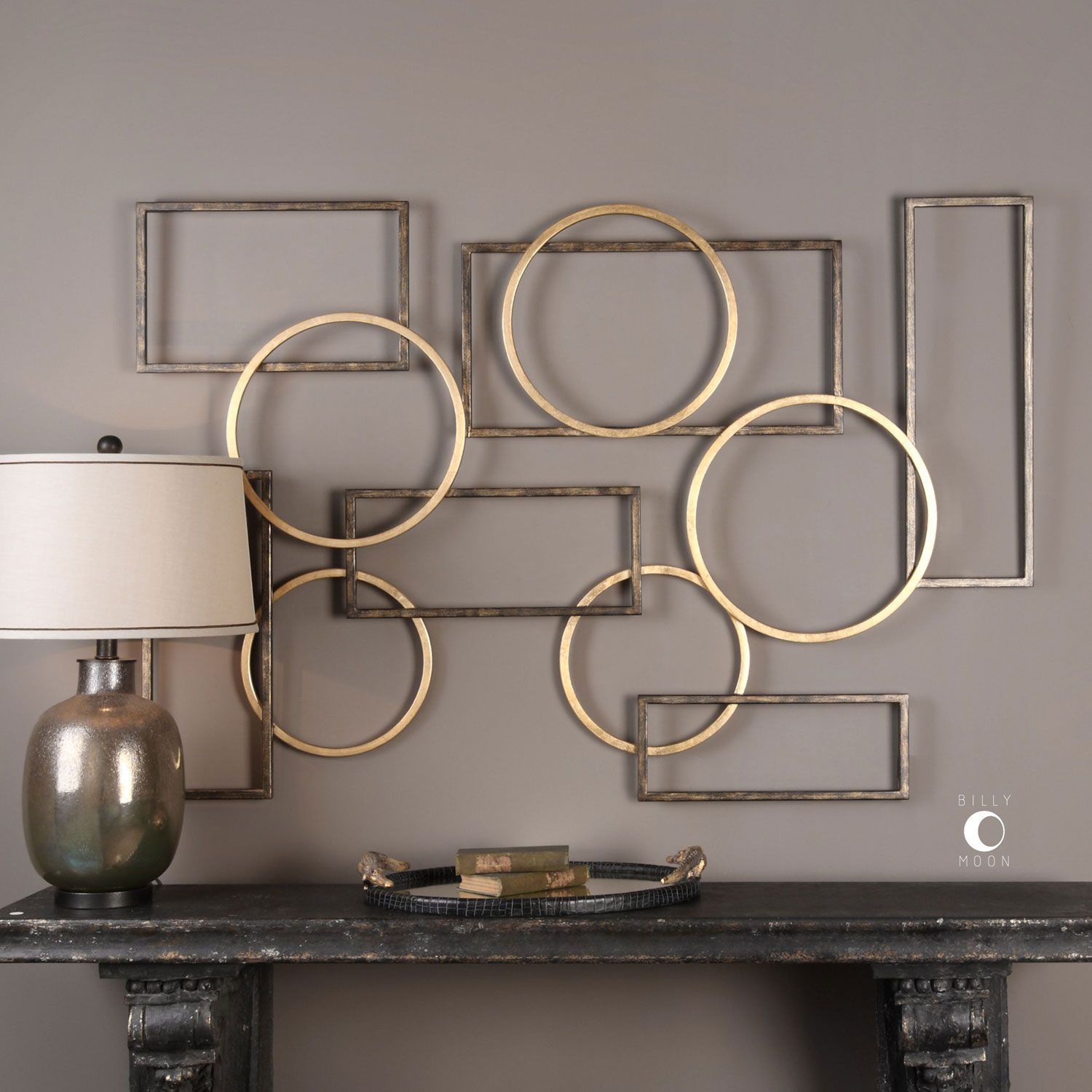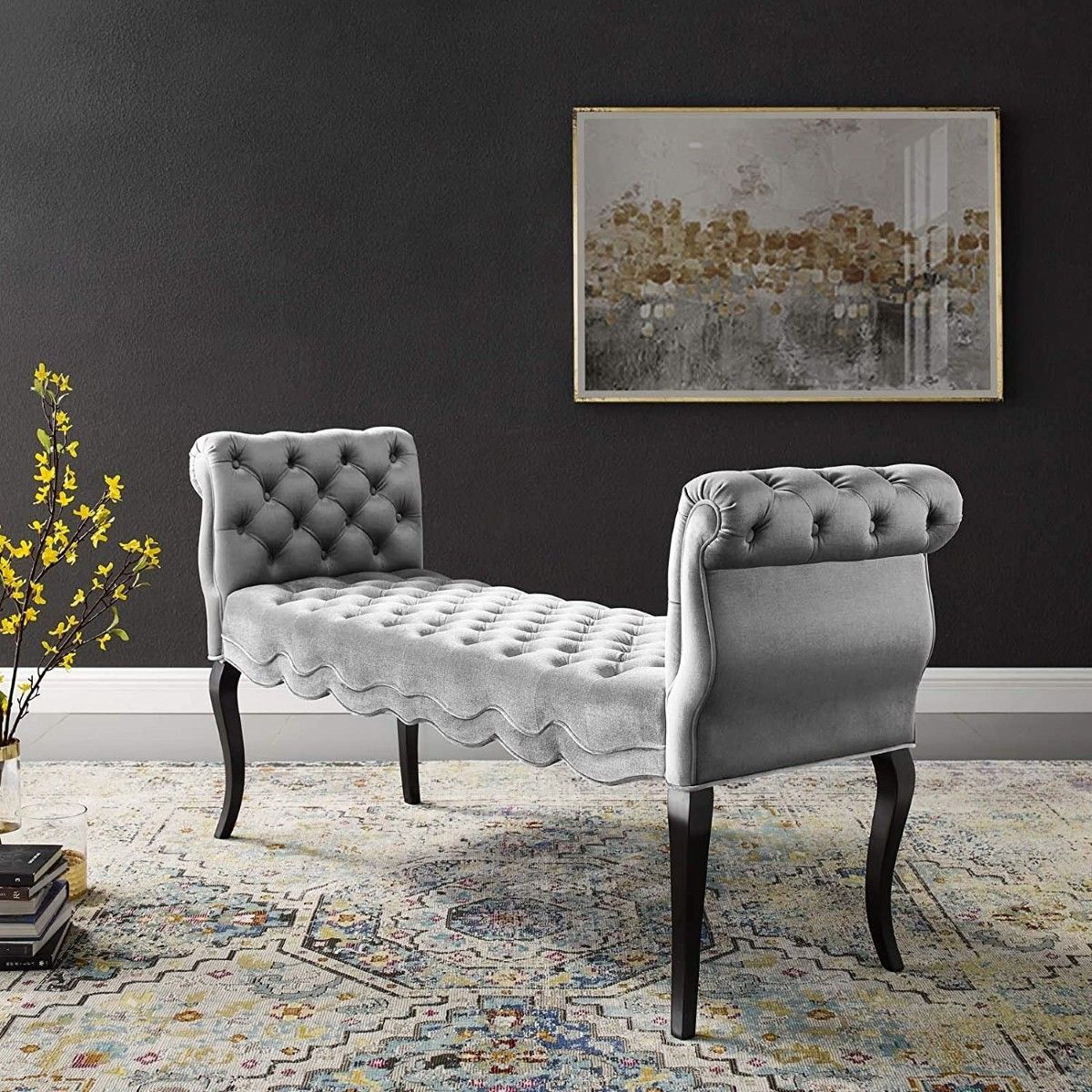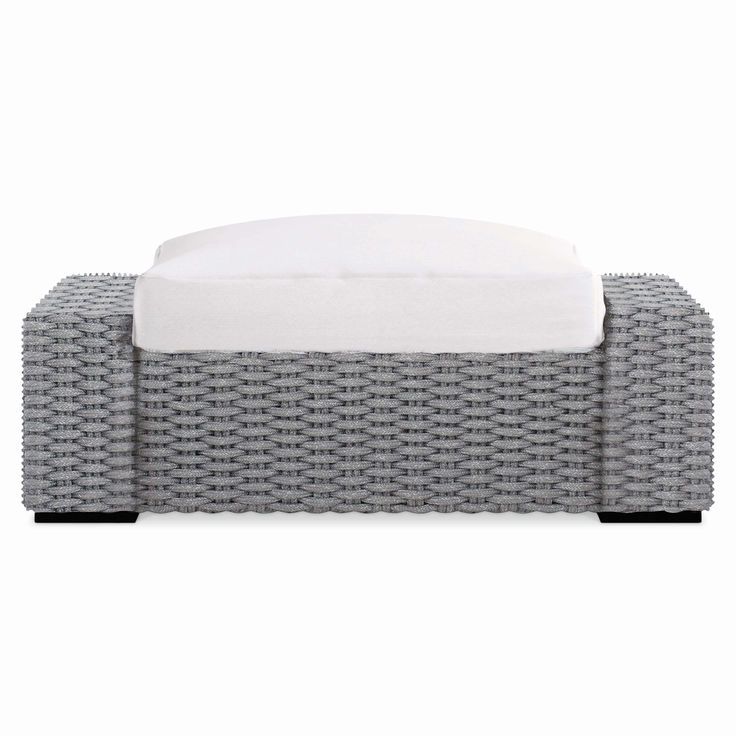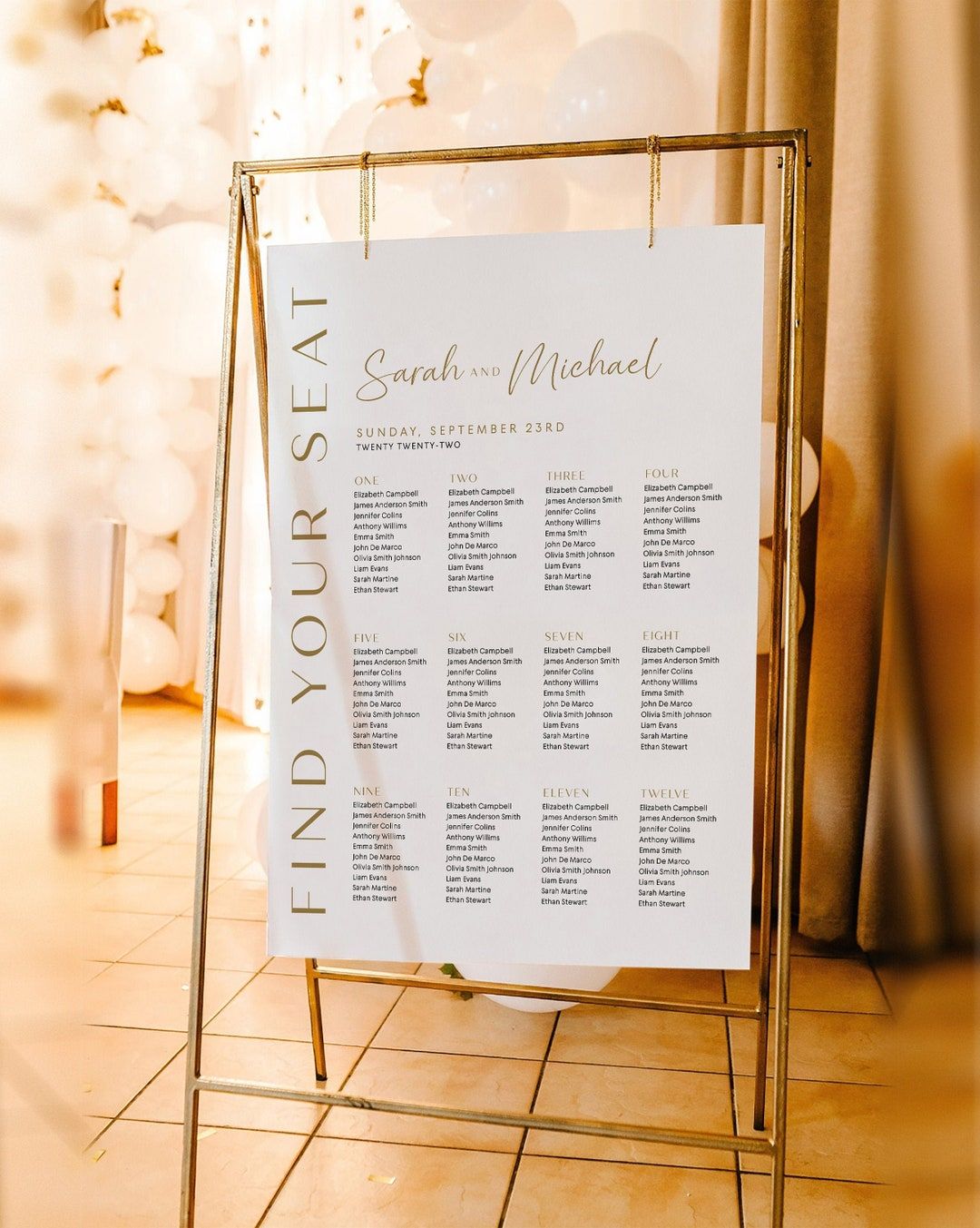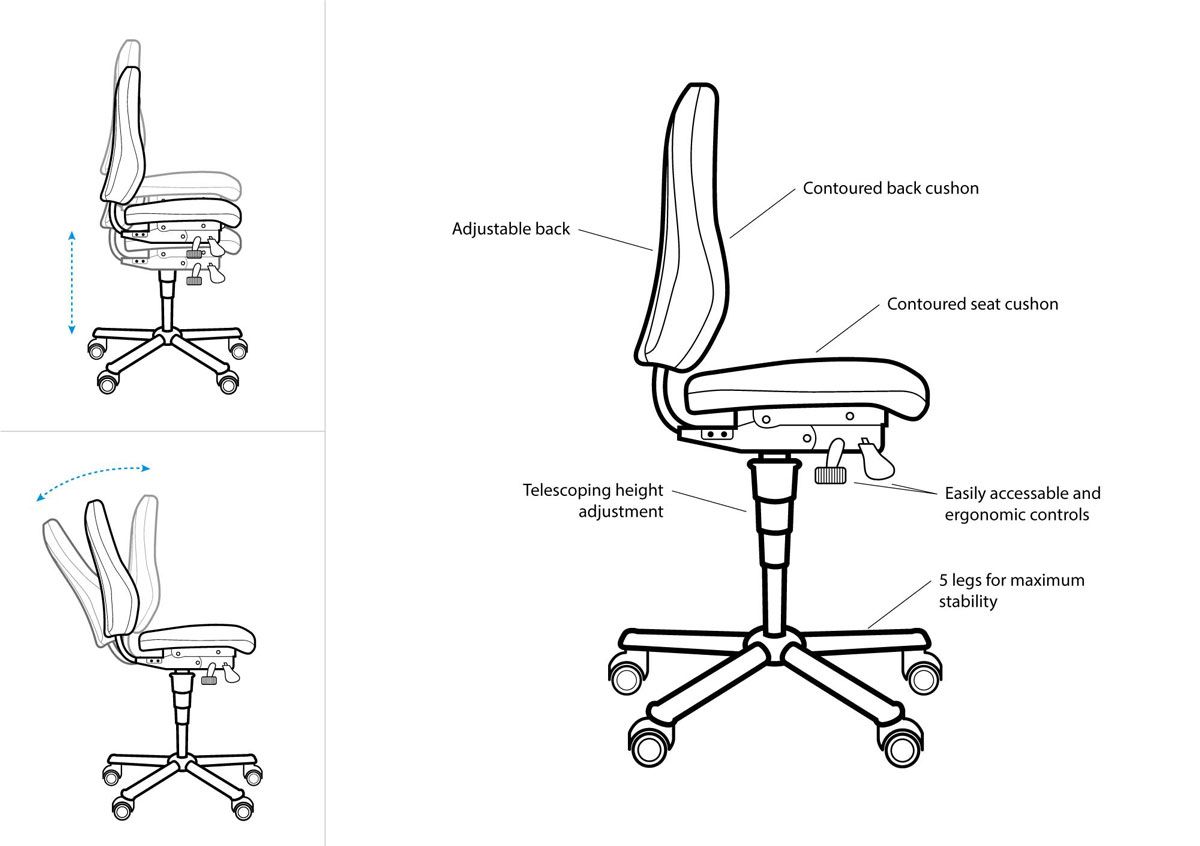Ever wonder what goes into crafting a piece of urban furniture that’s not just functional, but also a statement? The Giovanna Square Bench isn’t just a place to sit; it’s a testament to thoughtful design and robust construction. As someone who’s spent years elbows-deep in the world of public space amenities, I can tell you there’s a lot more to it than meets the eye. Let’s pull back the curtain and truly understand what makes this bench tick.
The Giovanna Square Bench, with its distinctive silhouette and enduring presence, has become a familiar sight in various public squares and parks. But its journey from a designer’s initial spark to a finished product installed for public enjoyment is a fascinating one, filled with considerations for durability, aesthetics, and user experience. We’re not just talking about wood and metal here; we’re talking about a carefully orchestrated symphony of materials, engineering, and artistic vision. It’s about creating something that stands the test of time, weather, and thousands of posterior landings.
The Philosophy Behind the Form: Design Principles of the Giovanna
When we talk about the Giovanna, we’re not just discussing a bench; we’re delving into a design philosophy. The core idea was to create something both inviting and resilient. Imagine a public space – it needs elements that feel open, accessible, and yet can withstand constant use and the elements. The ‘square’ in its name isn’t just a descriptor of its footprint; it hints at a geometric purity, a clean line that integrates well into diverse urban landscapes.
One key principle was modularity. This isn’t a rigid, one-size-fits-all product. Instead, the Giovanna was conceived with variations in mind – different lengths, backrest options, and even the potential for integrated planters or waste receptacles. This foresight in design makes it incredibly versatile, allowing urban planners to tailor it to the specific needs and aesthetic of any given area. It’s about adaptability, which is crucial for modern city planning. It’s also about a certain quiet elegance – it doesn’t shout for attention, but rather complements its surroundings.
Material Selection: The Foundation of Durability and Aesthetics
Choosing the right materials is paramount for any piece of outdoor furniture, and the Giovanna is no exception. This isn’t just about what looks good; it’s about what lasts. For the seating surface, you’ll often find high-quality hardwoods like ipe or garapa. Why these? Because they are naturally resistant to rot, insects, and decay, and they age beautifully, developing a lovely silver patina over time. Think about it – a bench is exposed to sun, rain, snow, and constant human contact. Inferior materials simply wouldn’t cut it.
Then there’s the frame. Typically, you’re looking at robust, galvanized steel, often powder-coated for an extra layer of protection against corrosion and scratches. Galvanization, for those unfamiliar, is a process where a protective zinc coating is applied to steel or iron to prevent rusting. It’s a game-changer for outdoor applications. The combination of dense hardwood and treated steel creates a structure that’s not only incredibly strong but also relatively low-maintenance, a vital consideration for public infrastructure. It’s a blend of natural warmth and industrial strength.
Engineering for Endurance: Structural Integrity and Assembly
The design isn’t just about pretty pictures; it’s about solid engineering. The Giovanna Square Bench is engineered to withstand significant loads and stresses. This means careful consideration of joinery, fastening methods, and weight distribution. Bolts and fasteners are usually marine-grade stainless steel – again, for corrosion resistance. You don’t want a bench falling apart after a few years because someone skimped on a bolt.
Assembly is also surprisingly critical. While some modular benches can be a nightmare to put together, the Giovanna is designed for efficient, secure assembly. This often involves pre-drilled holes, precision-cut components, and clear instructions, making installation smoother and reducing potential errors. Think of it like a well-designed piece of flat-pack furniture, but on an industrial scale and with much higher stakes. Every component has a purpose, and every connection is designed for maximum strength and longevity. It’s a bit like building a bridge, just on a smaller scale.
The Manufacturing Process: From Raw Material to Finished Product
The journey from raw material to a finished Giovanna bench is a multi-step process. It begins with sourcing the timber, which needs to be sustainably harvested and properly seasoned to prevent warping or cracking later on. The timber then goes through cutting, planing, and sometimes even specific shaping, depending on the design. Each piece is meticulously checked for imperfections.
Simultaneously, the metal components are being fabricated. This involves cutting steel sheets or tubes, bending them into the correct shapes, welding joints, and then the crucial galvanization and powder-coating steps. Quality control at each stage is non-negotiable. You’re looking for perfect welds, consistent coatings, and precise measurements. Any deviation can compromise the entire structure. Finally, all these components come together for final assembly, often with a final inspection to ensure everything meets the high standards expected for public use. It’s a dance between precision machinery and skilled human hands.
Installation and Maintenance: Ensuring Longevity in Public Spaces
A well-designed and constructed bench still needs proper installation and ongoing care to reach its full lifespan. Installation of the Giovanna typically involves anchoring it securely to a concrete pad or other stable surface to prevent theft and movement. This isn’t just about security; it’s about stability and safety for users. A wobbly bench isn’t just annoying; it’s a hazard.
Maintenance, while minimal for a product like this, is still important. Periodically checking for loose fasteners, cleaning off grime, and sometimes re-oiling the timber (if desired, to retain its original color) can significantly extend its life. The beauty of the Giovanna’s material choices is that they are inherently low-maintenance, requiring less intervention than, say, painted steel or untreated softwood. This translates to lower long-term costs for municipalities and a more reliable asset for the public. It’s about protecting the initial investment and ensuring continued public utility.
Beyond the Bench: The Impact on Urban Landscapes and Communities
It’s easy to look at a bench and just see a place to sit. But a well-designed piece like the Giovanna Square Bench contributes so much more to an urban environment. It fosters community interaction, provides a moment of rest for weary pedestrians, and enhances the aesthetic appeal of a public space. Imagine a bustling square without places to pause, to observe, to connect. It would feel cold, impersonal.
These benches are more than just objects; they are vital components of the urban fabric, silently supporting the rhythms of city life. They reflect a commitment to thoughtful urban planning and an understanding of human needs within built environments. The Giovanna, in its simplicity and robustness, exemplifies this commitment, becoming a quiet yet powerful force in shaping how we experience our shared spaces. It’s a small piece of furniture, but it plays a significant role in creating livable, enjoyable cities.
The Giovanna Square Bench is far more than just planks and metal; it’s a culmination of meticulous design, rigorous material selection, and precise engineering. It stands as a prime example of how urban furniture, when conceived with both beauty and resilience in mind, can significantly enhance our public spaces. Understanding its journey from concept to installation gives us a deeper appreciation for the thought and effort that goes into creating enduring, functional, and aesthetically pleasing elements for our cities. It’s a reminder that even the simplest objects around us have a rich story to tell, and that good design truly makes a difference in our daily lives. So next time you see a Giovanna, take a moment to appreciate the silent craftsmanship behind it.
